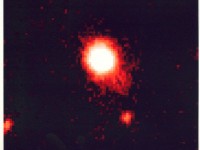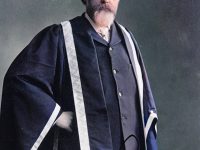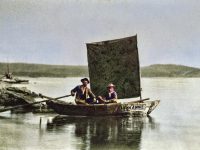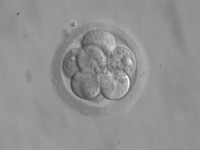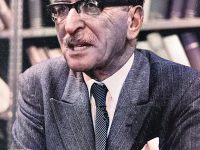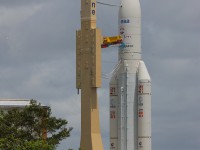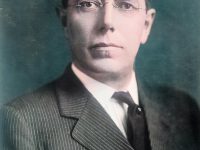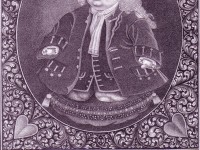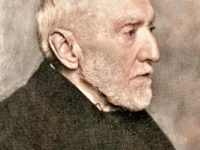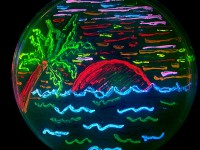Alan Sandage and the Discovery of the Quasars
On June 18, 1926, American astronomer Allan Rex Sandage was born. Sandage determined the first reasonably accurate values for the Hubble constant and the age of the universe. Foremost, he is also credited with the discovery of the 3C 48 quasar, i.e. quasi-stellar radio sources which are the most energetic and distant members of a class of objects called active galactic nuclei. The Discovery of Quasars Between 1917 and 1922, it became…
Read more

